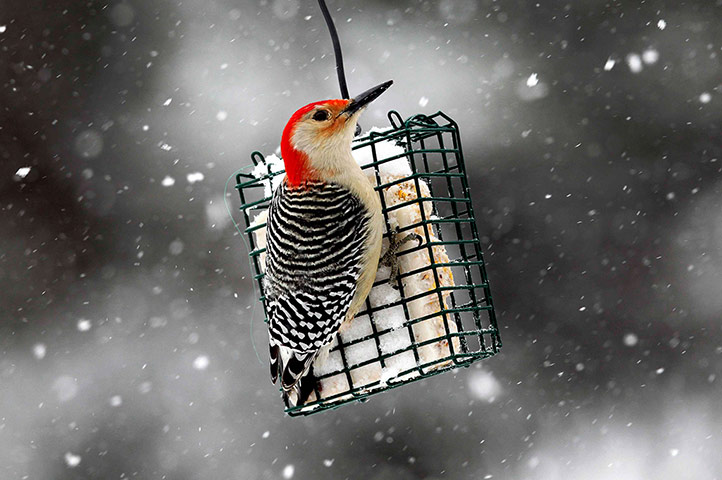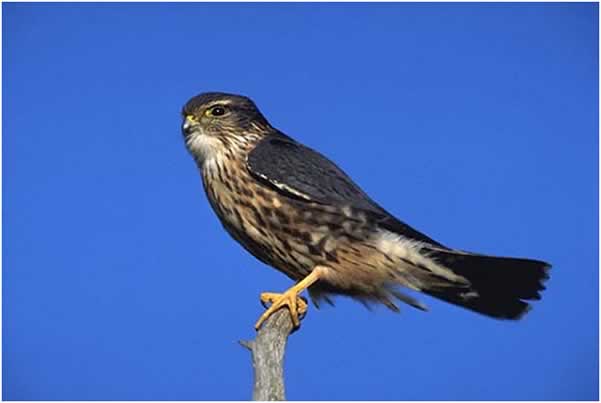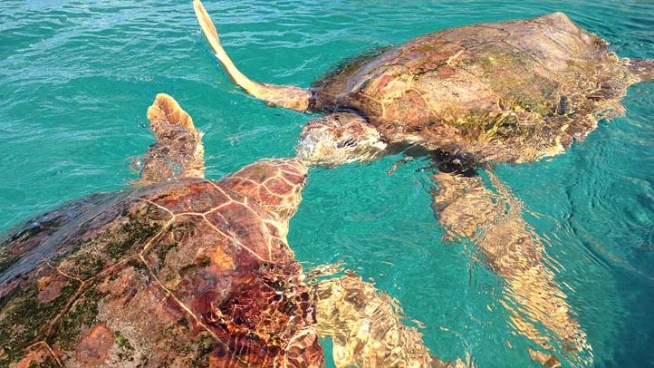TOP STORIES
16 crows found dead in Ganjam village
With the death of 16 crows at Mudulipalli village in Odisha's Ganjam district in the span of two hours, triggering avian influenza scare in the area today. "We have found 16 dead crows in the village, samples of two were preserved to be sent for testing," Chief District Veterinary Officer (Ganjam), A K Swain said.
Unconfirmed reports, however, put the crow death toll to 20 during the period. With the 16 crow deaths, a total of 42 birds of different species were found to be dead in the district.
Veterinary officials had earlier detected dead crows, pigeons, kite and pelican in different parts of the district. [View past story on the Digest's News Map here]. Besides the samples of the dead crows, the samples of 353 poultry were also sent for testing, CDVO said.
More dead dolphins wash up on Southeast Louisiana coast
[Suzanne] Smith is also a part of the Louisiana Marine Mammal and Sea Turtle Rescue Program. Just last week alone, she conducted necropsies on three dead dolphins found near Grand Isle.
"We're finding, unfortunately, more dead dolphins than we normally would," Smith said. "So, the testing on the necropsies has gotten very strict and we are taking duplicate and triplicate samples on all parts, externally and internally on these animals, to try and find out what is happening out in the wild population."
Since the beginning of the month, 14 marine mammals, including a dozen dolphins, have been found along the northern Gulf of Mexico. Half of the dead dolphins washed up on the Louisiana coast.
The National Oceanic and Atmospheric Administration (NOAA) calls it an "Unusual Mortality Event" in the northern Gulf and next month will mark two years since it began. The tally so far: 630 dead.
The event started in February of 2010 - two months before the oil spill began. Still, the deaths raise a red flag with the Gulf Restoration Network.
Tumor found on white croaker fish mystifies Cabrillo Marine scientists
 A recent fishing excursion in the Los Angeles Harbor landed a strange find - a white croaker with a quarter-size tumor on its head.
A recent fishing excursion in the Los Angeles Harbor landed a strange find - a white croaker with a quarter-size tumor on its head.The fish was brought to scientists at Cabrillo Marine Aquarium in San Pedro, who dissected it in an effort to determine whether the anomaly was caused by parasites, injury or possibly contamination from the world's largest underwater deposit of the pesticide DDT off the Palos Verdes Peninsula.
"This is one of those classic fish we used to see tumors on (due to parasites that thrive on fish feeding in DDT-contaminated areas), but this is an isolated event," said Julianne Passarelli, exhibits and collections curator at the aquarium.
... The white croaker with the tumor intrigued them because it is unusual, and because the fish is so intricately tied to local ocean pollution levels. But they could not determine what exactly caused the growth - just that it wasn't due to parasites or injury.
29 Jan 2012
S Mazza
Photo courtesy of Daily Breeze
Location: Port of Los Angeles, California - Map It

OTHER WILDLIFE HEALTH RELATED NEWS
Photo courtesy of The Guardian's feature 'The Week in Wildlife'
 Elephant calf dies mysteriously [ Maharashtra, India - Map It
Elephant calf dies mysteriously [ Maharashtra, India - Map It  ]
]
- Southampton Island caribou at risk of being wiped out [At risk from the disease, brucellosis, and overhunting][Canada]
Oil Spills and Wildlife News
- [Oiled birds found ][Translated Dutch article] [IJmuiden - Map It
 and Katwijk - Map It
and Katwijk - Map It  , Netherlands]
, Netherlands] - New Orleans hosts international conference focusing on oil spill-affected wildlife [View other upcoming wildlife health related meetings on WDIN's Event Calendar]
- Lead is top killer of wild California condors; three Oregon spots chosen as globally important for bird conservation
- Obama proposal battles climate change impact on wildlife
 Rare falcon recovering at Wildlife Rescue Center
Rare falcon recovering at Wildlife Rescue Center
More information on Merlin falcons can be found on Wildlife Facts on the USDA Forest Service website here.


















